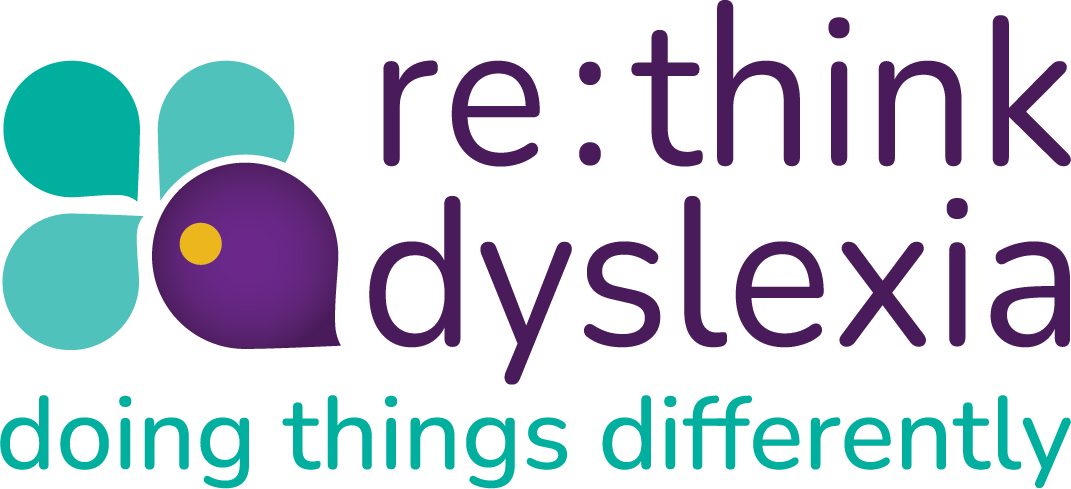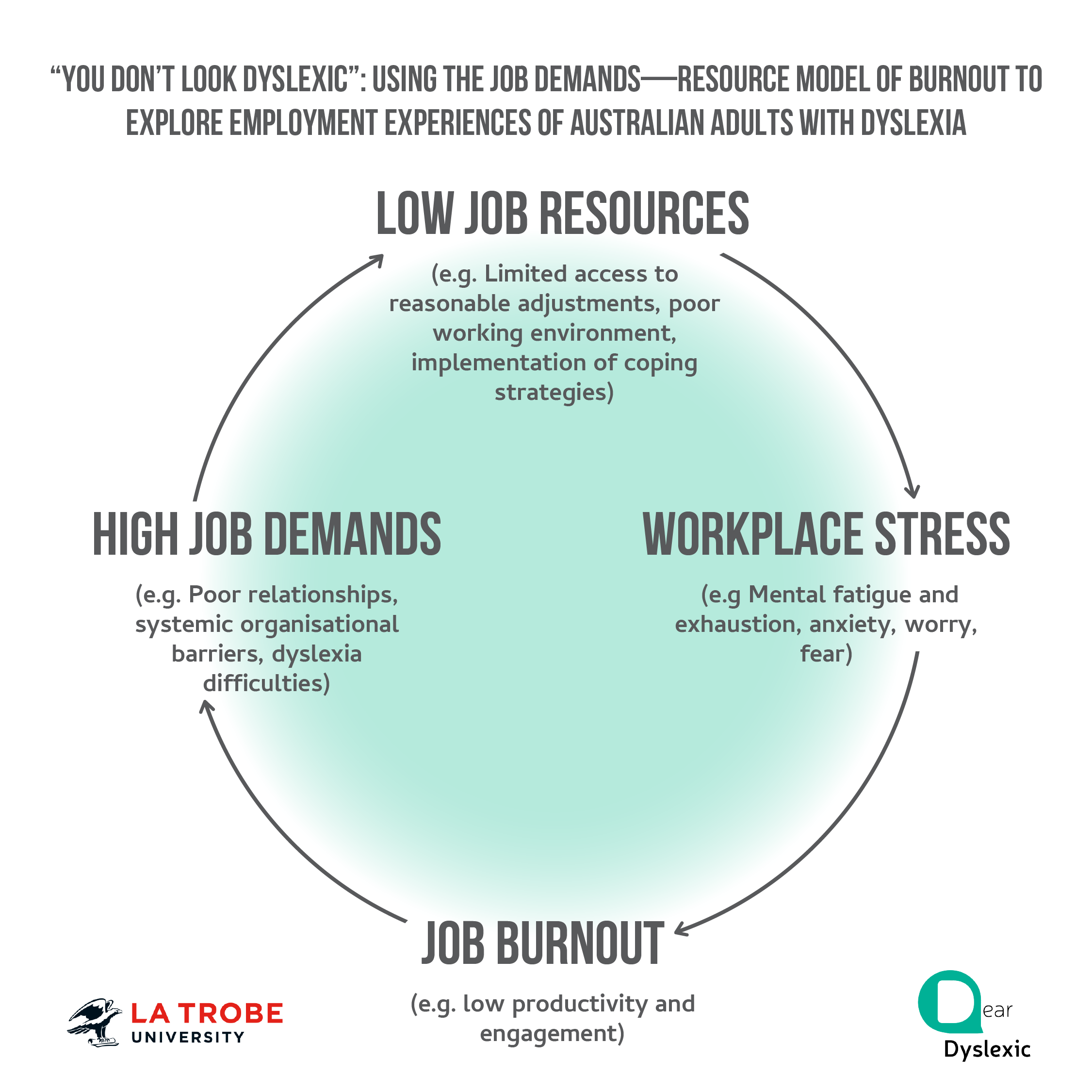Navigating workplace psychosocial hazards with dyslexic employees is everyone’s responsibility.
The cost of excessive work stress, such as feeling overwhelmed and emotionally exhausted, may have significant consequences for individuals and their organisations. Navigating workplace psychosocial hazards with dyslexic employees is everyone’s responsibility enabling positive mental health and wellbeing for dyslexic employees.
In today’s age, it is now the responsibility of workplaces to ensure the well-being of employees goes beyond physical safety. Psychosocial hazards, which encompass the emotional, mental, and social aspects of work, play a crucial role in an individual’s overall health and job satisfaction. Among the diverse workforce, those with dyslexia face unique challenges that can make them susceptible to these hazards. This blog delves into the concept of psychosocial hazards, explores their impact on dyslexic individuals, and discusses the essential steps employers must take to mitigate these risks. Our research with LaTrobe University identified that 38% of dyslexic employees do not feel psychologically safe in the workplace to disclose due lack of understanding amongst colleagues leaving them vulnerable to discrimination, isolation and stigmatisation.
Psychological safety hazards can manifest in various ways, including excessive work demands, lack of control, poor social support, and organisational change. When left unaddressed, psychosocial hazards can lead to stress, burnout, decreased productivity, and even mental health disorders. It is now legislated that workplaces reduce and mitigate psychosocial hazards in the workplace. The Managing Psychosocial Hazards at Work: Code of Practice 2022 outlines the key characteristics of psychological hazards including:
-
- High job demands where an employee is facing intense or sustained high mental, physical or emotional effort required to do the job.
- Low job resources or control such as employees having little control over aspects of the work including how or when the job is done.
- Poor support
- Poor organisational change management, bullying, harassment
- Conflict or poor workplace relationships and interactions.
We applied the Job Demands Resource Model of Burnout to our research and we found that although dyslexic employees were confronted with a unique set of psychosocial hazards in the workplace such as:
-
- High job demands where a dyslexic employee is facing intense or sustained high mental and emotional effort required to do the job including masking their disability leading to feelings of significant mental fatigue and cognitive overload.
- Low job resources or control such as having little control over aspects of the work and little to no access to workplace adjustments leaves dyslexia employees vulnerable, and having to utilise personal coping strategies leads to high mental fatigue and cognitive overload.
- Poor support for colleagues and managers leads to bullying, harassment and discrimination due to a lack of understanding and awareness of dyslexia as a disability
- Poor organisational change management.
- Conflict or poor workplace relationships and interactions due to a lack of understanding and awareness of dyslexia as a disability.
What can you do to mitigate psychosocial hazards for dyslexic individuals?
Employers have a responsibility to create an inclusive and supportive work environment for all employees, including those with dyslexia. Here’s what employers can do to mitigate psychosocial hazards:
Raise Awareness: Provide training and information sessions for all employees to increase awareness about dyslexia and promote understanding and empathy through our workplace training programs.
Easy access to reasonable accommodations: Engage in open conversations with dyslexic employees to identify suitable accommodations that can ease their challenges, such as providing assistive technology, extending deadlines, or offering alternative communication methods. Utilies our rethink inclusion program funded through Job Access
Flexible Communication Channels: Foster a culture that encourages diverse communication channels beyond written formats. Verbal discussions, one-on-one meetings, and visual aids can accommodate different communication preferences.
Mentorship and Support Networks: Establish mentorship programs that connect dyslexic employees with peers who have successfully navigated similar challenges. This can provide a sense of guidance and belonging.
Promote Inclusion: Create an inclusive workplace culture that values diverse talents and perspectives, minimising the risk of isolation or exclusion.
It’s your responsibility to create a more Inclusive Workplace. We know dyslexics bring many strengths to the workplace such as strong problem-solving skills, lateral thinking and big-picture thinking, yet these strengths are often underutilized. Addressing psychosocial hazards for dyslexic individuals is not just a matter of compliance; it’s about fostering a workplace culture that prioritizes the well-being and potential of all employees. By recognising the challenges that dyslexic individuals face and taking proactive steps to accommodate their needs, employers create an environment where everyone can thrive, contribute, and achieve their full potential. Embracing diversity, including neurodiversity and dyslexic strengths is a powerful catalyst for innovation, productivity, and overall employee satisfaction, leading to a brighter and more inclusive future for all.
Lead the change and find out how you can help your organisation through our workplace training and re:think Inclusion Program federally funded through Job Access or email us at hello@rethinkdyslexia.com.au to find out more.
Lead the change. Disrupt the norm. Celebrate the difference.


